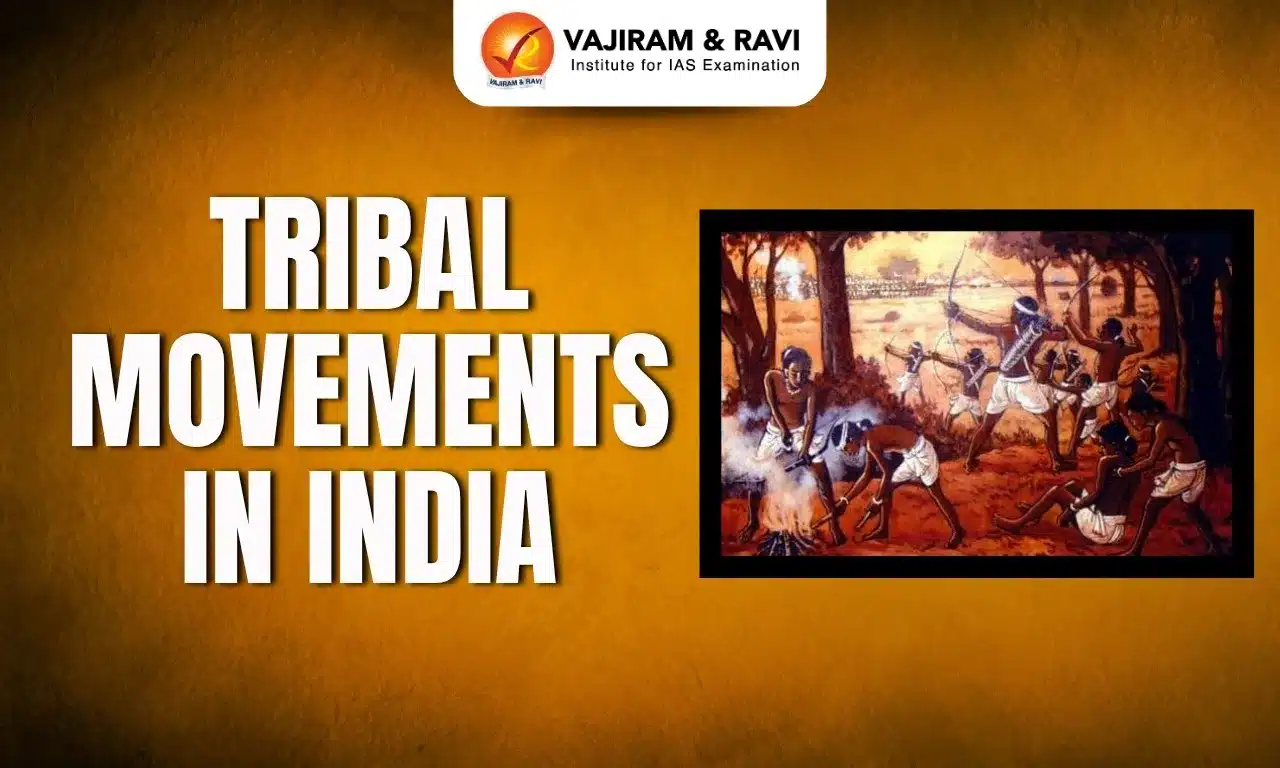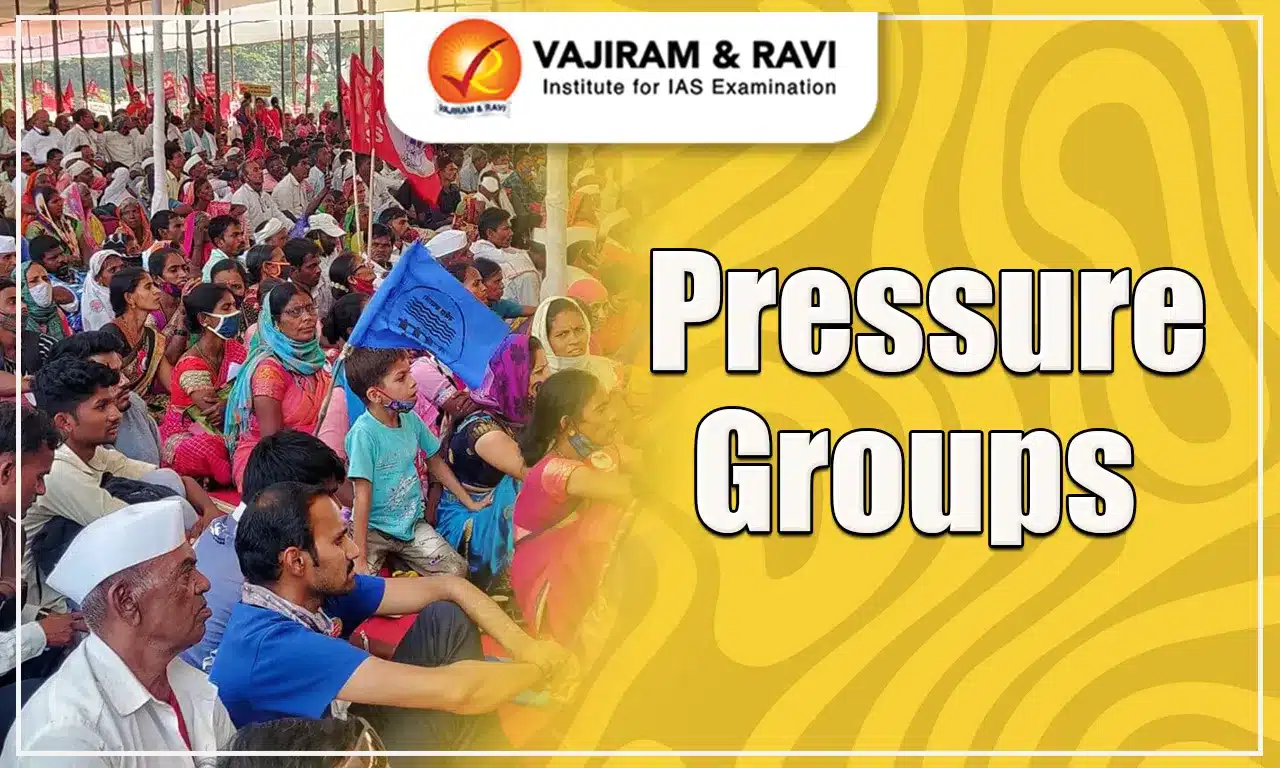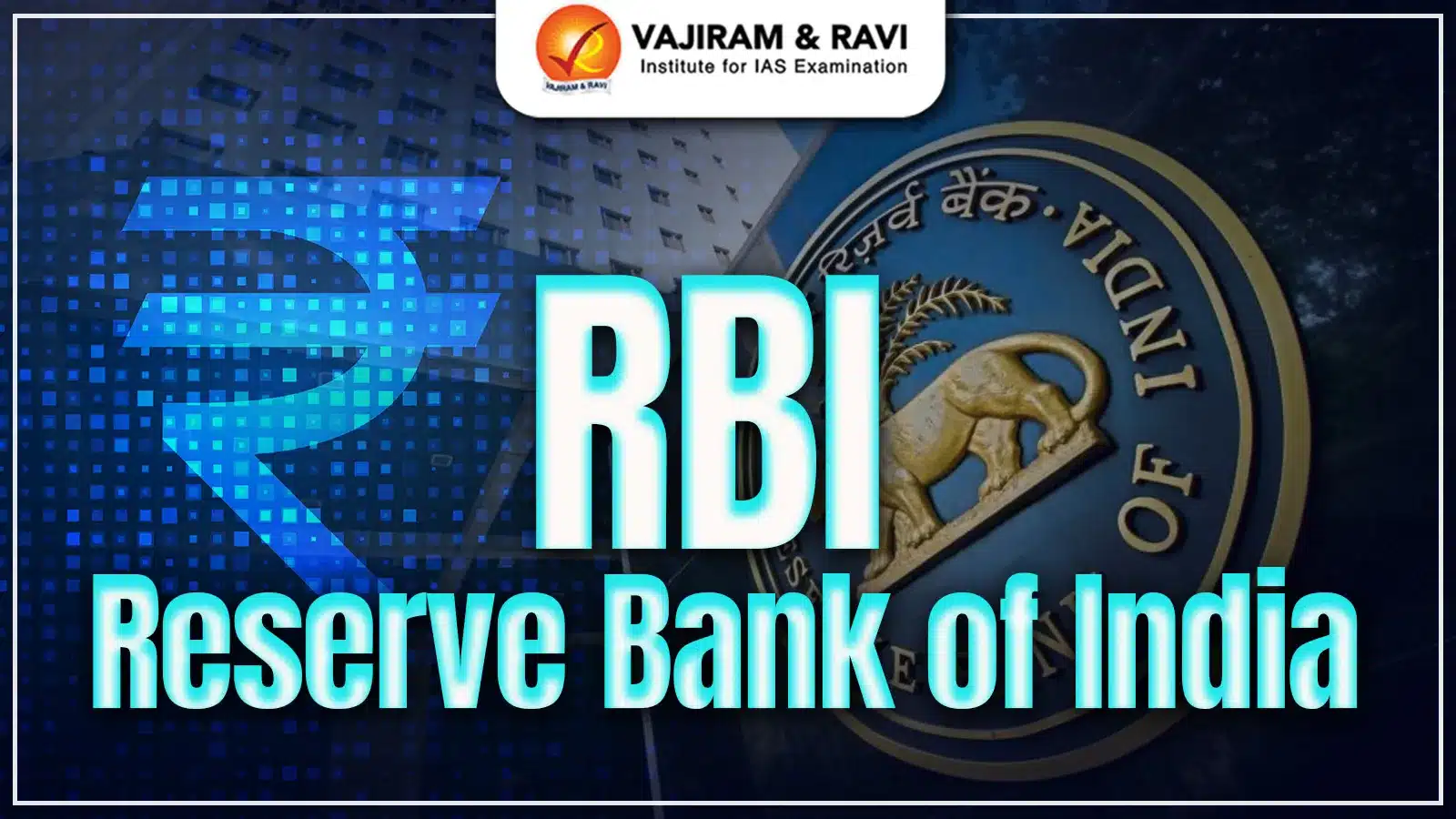Tribal movements in India during British rule were marked by their frequent, militant, and violent nature. These movements can be divided into mainland and frontier tribal revolts. Mainland rebellions were driven by issues such as loss of land, forests, and the traditional system of joint ownership, along with exploitation by outsiders. In contrast, northeastern frontier tribes, seeking political autonomy or independence, led longer-lasting and distinct revolts.
Initially focused on socio-religious oppression, many of these tribal movements eventually merged with the broader National Movement. Tribal leaders and chiefs often employed traditional weapons to resist colonial forces and assert their rights.
What are the Tribal Uprisings?
The tribal groups held significant and inseparable roles within Indian society. Before their annexation and subsequent incorporation into the British territories, they had their own social and economic systems. The British implemented new rules were implemented by the British and the boundary between the tribals and the state was broken. This led to many clashes between the Government and the tribal people. These struggles can be named as tribal movements/uprisings.
Causes for the Tribal Movements
By annexing their territories and clearing the forest to introduce cash crops in India, the British administration brought relatively isolated tribal groups into the ambit of colonialism. The factors for the tribal uprisings can be considered as follows:
- Land Alienation: The tribal communities faced land dispossession and encroachments by colonial powers and landlords, leading to the loss of their traditional territories and livelihoods. The British declared that forests were state property.
- Exploitative Revenue System: The British introduced a new land revenue system and taxation of tribal products, resulting in the loss of the traditional rights of tribals over land.
- Forest Policies: Forest Department (1864), Forests Act (1865), and Indian Forests Act (1878) restricted tribal access to forests and natural resources, further affecting their traditional hunting, gathering, and agricultural practices.
- The introduction of intermediaries: British introduced traders and moneylenders into the forests, and oppression and extortion by police officers & petty officials aggravated distress among tribals.
- Cultural Suppression: Christian missionaries and their activities among tribal groups were seen as threatening their culture and beliefs.
Classification of Tribal Movements
Tribal movements in India before independence can be classified into three distinct phases, each responding to colonialism and its impact on tribal communities, economy, and rights.
- First Phase (1795-1860): Led by traditional tribal leaders as British rule began to undermine their privileges.
- Second Phase (1860-1920): Intensified colonial policies and mercantilism disrupted tribal economies, with leadership from the lower tribal ranks.
- Third Phase (1920-1947): Tribals participated in nationalist, agrarian, and separatist movements, with leadership from educated tribes or external leaders.
Mainland and Frontier Tribal Revolts
Tribal revolts in India during British rule are categorized into mainland and frontier revolts. Mainland revolts occurred in regions like Chotanagpur, Odisha, and Central India, driven by economic exploitation, land alienation, and outsider intrusion. British policies worsened these issues, leading to unrest.
Frontier revolts, concentrated in northeastern India (Assam, Nagaland, Manipur), focused on political autonomy or independence, seeking to preserve traditional governance and protect lands from colonial control.
Features of Tribal Revolts
Tribal revolts in India shared several defining characteristics that set them apart from other forms of resistance. Key features of tribal revolts include:
- Social and Economic Grievances: Tribals resisted economic exploitation, land alienation, and oppressive taxation imposed by British policies.
- Traditional Leadership: Charismatic tribal chiefs played central roles in organizing and leading uprisings.
- Resistance to British Policies: Rejection of British land revenue, forest laws, and cultural imposition sparked revolts.
- Guerrilla Warfare: Tribals used guerrilla tactics, leveraging local terrain for surprise attacks.
- Cultural and Religious Resistance: Uprisings often aimed to preserve tribal customs and resist foreign influences.
Major Tribal Revolts
Tribal revolts in India played a crucial role in resisting colonial rule, with various uprisings fueled by oppression, land dispossession, and exploitation. The following is a summary of key tribal revolts and movements:
|
Tribal Revolts |
Characteristics |
|
Pahariya Rebellion |
- Leader: Raja Jagganath in 1778 - Reasons: Against the British extension of settled agriculture into the Pahariya territories -British response:
- Developments:
|
|
Chuar Uprising |
- Location: The region between Chota Nagpur and the plains of Bengal. (1767-1802) - Leader: Durjan Singh - Reasons:
- Nature
|
|
Tamar Revolts |
- Location:
- Leader: Bhola Nath Sahay - Reasons
- Developments:
|
|
Bhil Uprising |
- Location: Khandesh hill ranges (Maharashtra & Gujarat) (1817-19) - Reasons:
|
|
- Location:
- Leader
- Causes: Uprisings resulted from the annexation and deposition of popular rulers. After the Peshwa's defeat in 1818, Ramosis lost their livelihood. - British Response: The British condoned Ramosi crimes, granting them land and recruiting them as hill police. |
|
|
Ahom Revolt |
- Location: Assam (1828-1833) - Leader:
- Reasons:
|
|
- Location:
- Reasons
|
|
|
Khasi Uprising |
- Location: A region between the Khasi Hills and Jaintia Hills (1829-33) - Leader: U. Tirot Singh - Reasons:
|
|
- Location: Birbhum, Bankura, Singhbhum, Hazaribagh, Bhagalpur and Monghyr (1855-57) - Leader:
- Reasons:
- Nature:
|
|
Khond Uprising |
- Location: Orissa from 1837 to 1856 - Leadership: Chakra Bisoi - Reasons:
- Development:
|
|
Koli Uprising |
- Location:
- Leadership
- Reasons
- Developments:
|
|
Birsa Munda Revolt |
- Location: Chotanagpur region (1890s) - Leadership:
- Reasons:
- Significance:
|
|
Koya Rebellion |
- Location:
- Leadership:
- Reasons:
|
|
Tana Bhagat movement |
- Location:
- Leadership:
- Reasons:
- Nature:
- Significance:
|
|
Rampa rebellion |
- Location: Koyas of the Godavari Agency area (1922-1924), also known as the Manyam Rebellion. -Leadership: Led by Alluri Sitarama Raju, who, though not tribal, understood British restrictions on tribal life and organized the Adivasis. |
|
Chenchu Tribal Movement |
- Location: Nallamalai forests of Andhra Pradesh. - Leader: Venkattappaya and even Gandhiji provided the links for the movement. - Development:
|
|
Rani Gaidinliu’s Naga Movement |
- Location: Zeliangrong territory, Manipur (1930s) |
Tribal Movements in India UPSC PYQs
Question 1: Which amongst the following provided a common factor for tribal insurrection in India in the 19th century? (UPSC Prelims 2011)
- Introduction of a new system of land revenue and taxation- of tribal products
- Influence of foreign religious missionaries in tribal areas
- Rise of a large number of money lenders, traders and revenue farmers as middlemen in tribal areas.
- The complete disruption of the old agrarian order of the tribal communities
Answer: (d)
Question 2: After the Santhal Uprising subsided, what were the measures taken by the colonial government? (UPSC Prelims 2018)
- The territories called 'Santhal Parganas' were created.
- It became illegal for a Santhal to transfer land to a non-Santhal.
Select the correct answer using the code given below:
- 1 only
- 2 only
- Both 1 and 2
- Neither 1 nor 2
Answer: (c)
Question 3: With reference to the history of India, ‘Ulgulan’ or ‘the Great Tumult’ is led by? (UPSC Prelims 2020)
- Bakshi Jagabandhu
- Alluri Sitaramaraju
- Sidhu & Kanhu Murmu
- Birsa Munda
Answer: (d)
| Other Related Articles | |
| Birsa Munda | Rani Gaidinliu |
| Munda Rebellion | Kol Uprising |
| Santhal Rebellion | Tribal Movements in India |
Last updated on November, 2025
→ Check out the latest UPSC Syllabus 2026 here.
→ Join Vajiram & Ravi’s Interview Guidance Programme for expert help to crack your final UPSC stage.
→ UPSC Mains Result 2025 is now out.
→ UPSC Notification 2026 is scheduled to be released on January 14, 2026.
→ UPSC Calendar 2026 is released on 15th May, 2025.
→ The UPSC Vacancy 2025 were released 1129, out of which 979 were for UPSC CSE and remaining 150 are for UPSC IFoS.
→ UPSC Prelims 2026 will be conducted on 24th May, 2026 & UPSC Mains 2026 will be conducted on 21st August 2026.
→ The UPSC Selection Process is of 3 stages-Prelims, Mains and Interview.
→ UPSC Result 2024 is released with latest UPSC Marksheet 2024. Check Now!
→ UPSC Prelims Result 2025 is out now for the CSE held on 25 May 2025.
→ UPSC Toppers List 2024 is released now. Shakti Dubey is UPSC AIR 1 2024 Topper.
→ UPSC Prelims Question Paper 2025 and Unofficial Prelims Answer Key 2025 are available now.
→ UPSC Mains Question Paper 2025 is out for Essay, GS 1, 2, 3 & GS 4.
→ UPSC Mains Indian Language Question Paper 2025 is now out.
→ UPSC Mains Optional Question Paper 2025 is now out.
→ Also check Best IAS Coaching in Delhi
Tribal Movements in India FAQs
Q1. What is the tribe movement?+
Q2. Who is the father of tribal movement in India?+
Q3. What is the Mahapatra tribal movement?+
Q4. What was Santhal rebellion of 1855?+
Q5. Who was Rani Gaidinliu?+

















